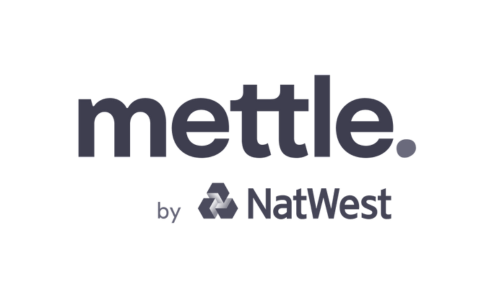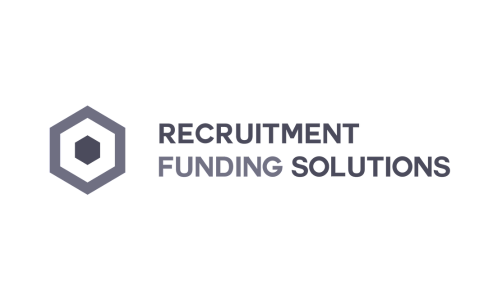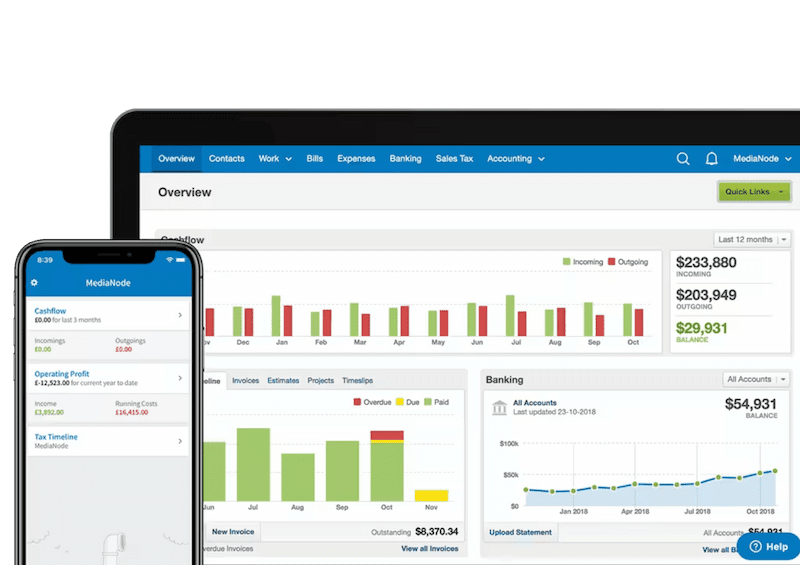Deciding when to leave a permanent role isn’t just a career decision, it can have significant tax implications. For high earners, particularly those approaching or exceeding the £100,000 annual salary mark, timing your departure carefully could reduce your tax burden, unlock deferred financial benefits, and improve your long-term financial position.
The £100,000 trap: Why timing matters for high earners
One of the most important tax thresholds to be aware of is the £100,000 annual income level. Once your income exceeds this amount, you begin to lose your Personal Allowance, the portion of your income that is tax-free.
- For every £2 you earn over £100,000, you lose £1 of your tax-free allowance.
- This means that by the time your income reaches £125,140, your entire £12,570 tax-free Personal Allowance is removed.
- The result? You are effectively taxed at 60% on income between £100,000 and £125,140.
If you’re expecting a salary increase, a promotion, or a year-end bonus that will push you over this threshold, leaving your role before this income materialises could reduce your effective tax rate for that financial year.
Switching to limited company status
Once you leave a permanent position and begin working through your own limited company, your personal tax liabilities shift dramatically. You are no longer taxed on all company income, only on funds you actually withdraw from the company as salary or dividends.
This provides several tax planning advantages:
- You can keep overall income below key tax thresholds (like £100k or the £50k child benefit taper point).
- You can defer income to future tax years to spread tax liabilities.
- You can use legitimate business expenses to reduce profit before tax.
So, for high earners considering a move into consultancy or fractional work, timing your exit before breaching the £100k threshold in a single tax year could provide a more favourable starting point for managing personal income tax in your new role.
Don’t leave bonuses and incentives on the table
While tax planning is essential, financial incentives tied to your employment should not be overlooked. Many employers offer:
- Annual or quarterly bonuses
- Profit-sharing schemes
- Share incentive plans (SIPs) or stock options
- Retention payments tied to length of service or project completion
If you leave before these payments vest or crystallise, you may forfeit the benefits, some of which could be worth tens of thousands of pounds. For example:
- Leaving in Month 10 of the financial year might cause you to miss out on a performance bonus due in Month 12.
- Share options may not vest unless you complete a full vesting period (e.g. 3 years).
- Retention bonuses may require you to stay until a specific company event, such as a funding round or M&A transaction.
- Tip: Check your employment contract and remuneration schedule carefully. If a key incentive is due in a few months, and the tax impact is minor in comparison, it may be worth waiting.
Notice periods and restrictive covenants
Timing is also influenced by your notice period and post-employment restrictions. If your current contract requires you to give three months’ notice, you may need to work backwards from your ideal start date as a contractor or freelancer.
Also consider restrictive covenants, such as:
- Non-compete clauses: which may restrict your ability to work with competing businesses.
- Non-solicitation clauses: which could prevent you from approaching former clients or colleagues.
- Geographic restrictions: which may apply to work within certain regions or territories.
These clauses can limit the clients you’re allowed to work with and impact your ability to hit the ground running in your new setup. Seeking legal advice on whether these restrictions are enforceable and how they might apply in your situation is strongly recommended.
Pension contributions and benefits
Before leaving employment, it may be beneficial to maximise pension contributions through your employer’s scheme, especially if they match contributions. Doing so can:
- Reduce your taxable income (helping to bring you back below the £100k threshold)
- Increase long-term savings in a tax-efficient vehicle
- Provide additional employer-matched contributions you wouldn’t otherwise receive
Leaving before these contributions are made could reduce your total remuneration package for the year.
Ideal timing checklist
- Tax year-end: 5 April (UK tax year). Aligning your departure before this date may give you a clean break from PAYE income.
- Bonus/vesting schedule: Ensure you know when your bonus or shares will vest and weigh the tax vs. financial benefit of staying.
- Notice period: Reverse-plan your exit to allow for the full notice period.
- IR35 opportunities: If you’re engaging as a contractor, ensure that projects are deemed outside IR35 for tax efficiency.
- Covenant expiry: Consider whether a short delay could release you from restrictive clauses.
Final thoughts
Leaving a permanent role is a big decision, but when done with a tax strategy in mind, it can unlock significant value. For high earners especially, understanding how income thresholds, bonus timings, and exit clauses interact can make the difference between a tax-efficient transition and an unnecessarily costly one.
It’s rarely just about the salary, so weigh up:
- What you may gain in flexibility and autonomy,
- What you may leave behind in benefits and bonuses,
- And how to structure your move in a way that sets you up for long-term success.






